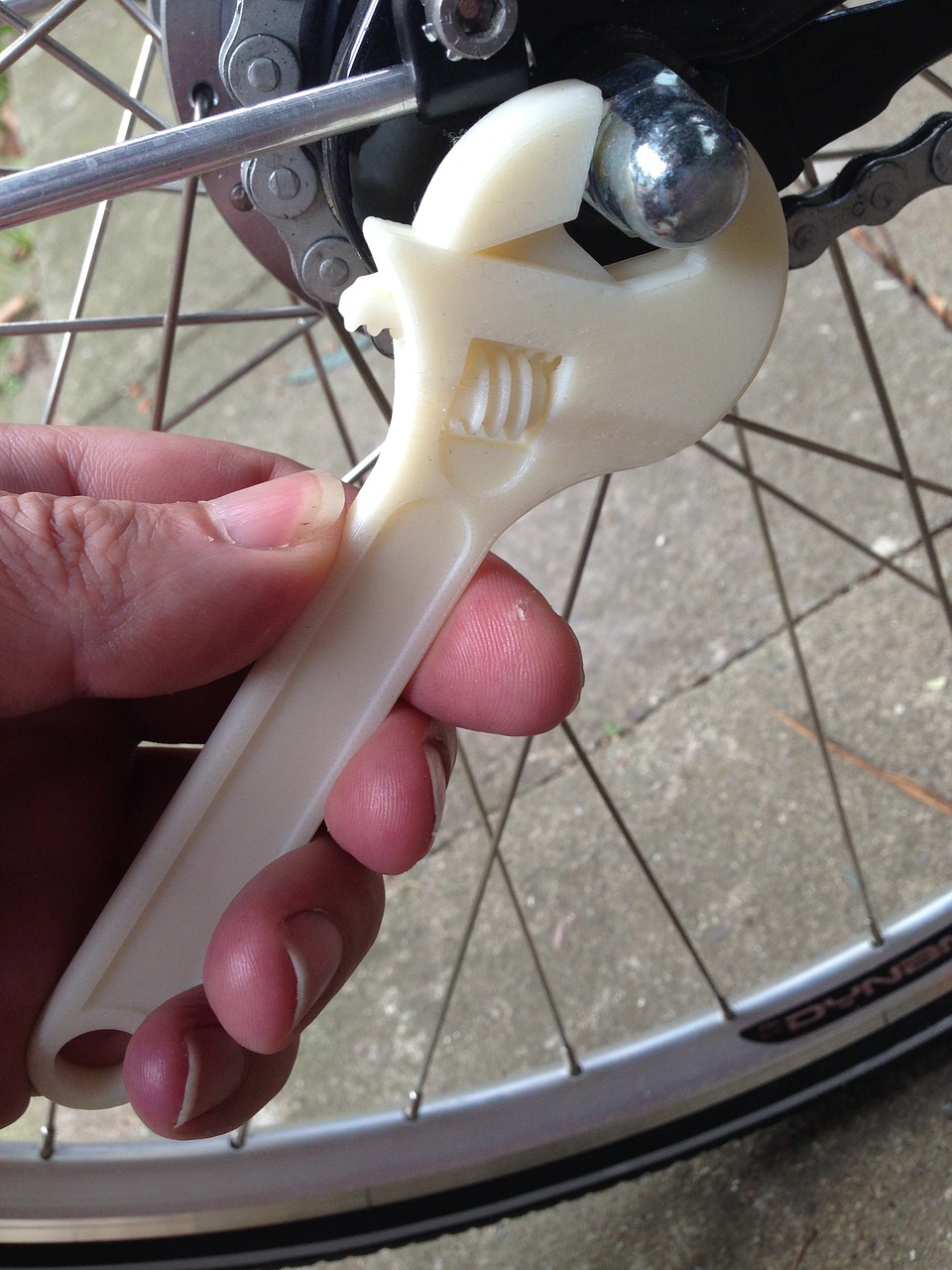What kind of problems can you encounter during 3D printing?
3D printing is a complex process of adding multiple layers of material on top of one another. Although it is a perfected technology, some problems may arise during printing. What kind of problems? Below we’re discussing the most common ones.
- The necessity of cleaning the table from remains of material that got stuck as a result of errors during printing process. Sometimes everything goes wrong already with the first layer. This makes proper printing impossible and the material is spilled everywhere. Cleaning BuildTak off a perforated surface may be hard and take a lot of time.
- Peeling off of one element from the table during simultaneous printing of several products. This in turn may damage all of the models.
- Shrinking of the model or peeling off of one of its elements from the table. As a result, the nozzle will start spilling layers of material into the air or the material will get stuck to the head. This in turn will make further printing impossible, at least for some time.
- Finishing or breaking of the filament during printing. The unfinished model will have to be printed all over again, because printing cannot be resumed without negatively influencing the durability of the product.
- Clogging of the printing head that prevents the flow of filament from the nozzles. In this case the printing has to be stopped because the whole mechanism needs cleaning.
- Power break. Without power supply the operation of the device is impossible. Of course once the power is back, you have to start printing from the start.
- Supports that cannot be removed. As a result, the model does not meet expectations.
- Weak supports that are unable to ensure a proper position of the object. This is a frustrating problem, which causes irregularities in spreading of layers. The ready product is only suitable for throwing away.
As you can see, one can encounter multiple problems during printing. It is worth adding however, that they do not occur very often, and in some cases the product can still be useful. Quick reaction, few improvements and you’re ready to go.

